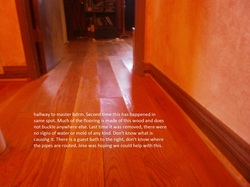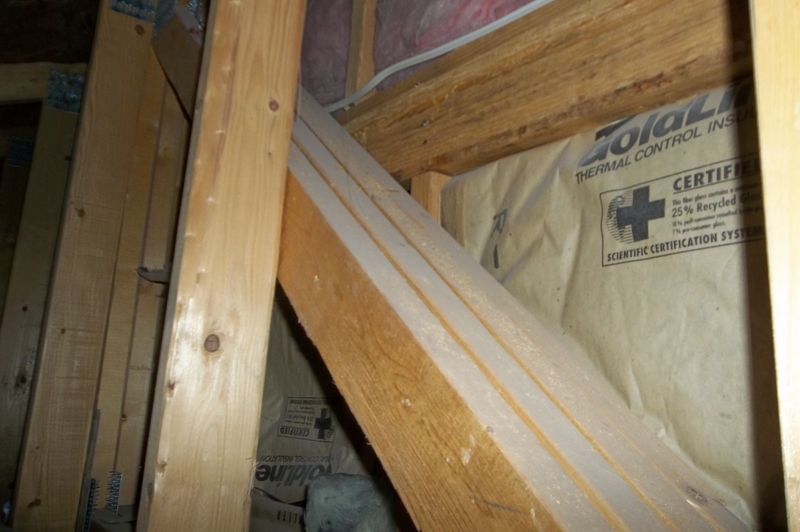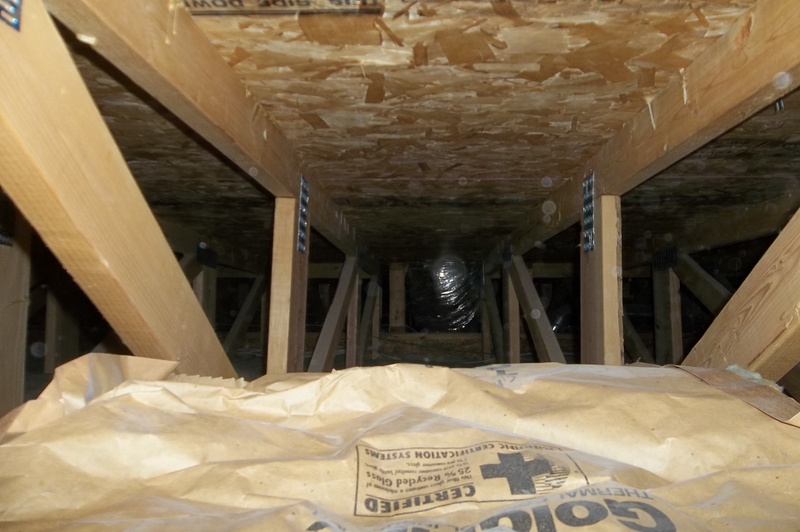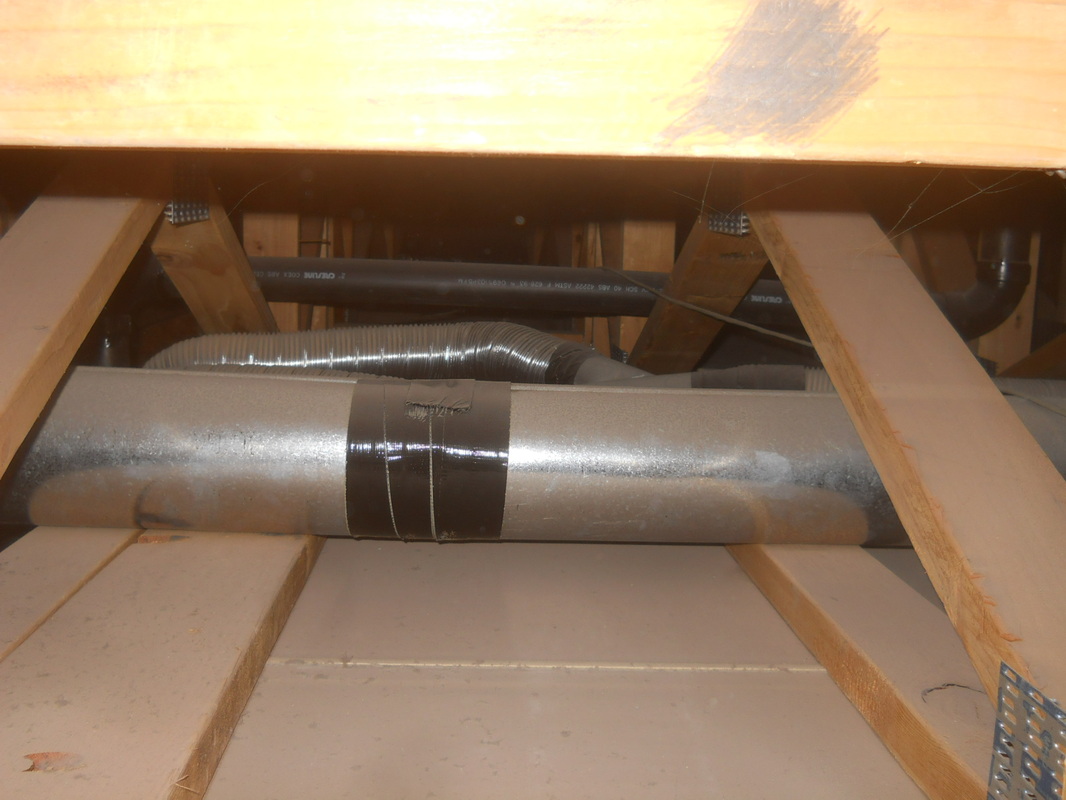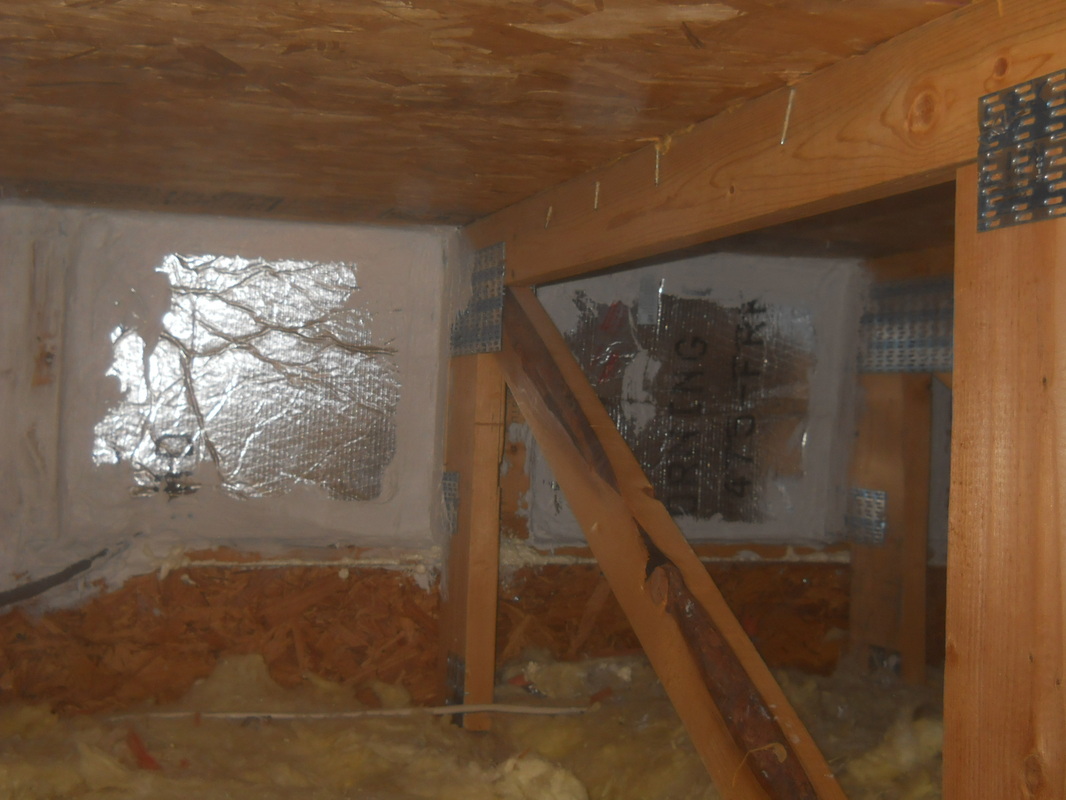Passing the BPI Exam With Energy Auditor Training
FREE BPI PRACTICE EXAMPUT YOUR HOME PERFORMANCE BUSINESS ON ROCKET FUELENERGY AUDITOR NEWSLETTERGet the only Energy Auditor Marketing Newsletter with monthly strategies and tactics to grow your home performance business.
The main topics of the BPI BA exam are listed out below. Click on a link that interests you, or you need some brushing up on to learn more on each subject.
1. Building Science Fundamentals 1a. Basic terms and definitions 1b. Principals of energy, air & moisture 1c. Combustion science 2. Buildings and Their Systems 2a. Building components 2b. Conservation strategies 2c. Comprehensive building assessment process 2d. Design considerations 3. Measurement and Verification of Building Performance 3a. Applied diagnostics and troubleshooting 4. BPI National Standards and Project Specifications 4a. Comprehensive building assessment 5. Analyzing Buildings Systems 5a. Comprehensive building assessment 5b. Appliances and lighting 6. Conduct and communications 6a. Conservation strategies |
BPI Written Exam - Section 2 Buildings and Their Systems
Welcome to the wonderful world of basements, crawlspaces, attics, soffits (interstitial cavities) and bypasses. Depending on the climate you live in, you may have one, or all of the above items. Each is an area you should be spending a good amount of time investigating and testing during your energy audits. Experience will come into handy when diagnosing problems and solutions and you'll probably find as you get better and more knowledgeable in the field, your recommendations will change.
All of the areas listed below will have the following issues working against a safe, comfortable, durable and healthy home.
Each of these will have one or more predominant than the others depending on the climate, building codes and common building practices. For example in Phoenix, Arizona, AHU and ductwork is located in attics which get super hot in the summer. Therefore, many people consider spray foam or other attic upgrades that would not normally be done in a climate like Chicago, cost effective. Below are some general issues with each topic to get you asking the right kinds of questions. Ready to jump in? Let's go! BasementsBasements tend to retain moisture from the improper exterior drainage and interior moisture sources such as water heaters, heating and cooling systems and plumbing.
CrawlspacesDepending on the climate, crawlspaces can also retain moisture in climates like San Francisco, Florida or the NW. In Phoenix, crawlspace moisture doesn't exist. Issues to be aware of are finding critters, spiders and rats (and their feces) much more frequently than in an attic. A 6 mil polyiso vapor retarder can be installed across the entire crawlspace to isolate it from moisture intrusion.
Sealing the crawlspace may not always be the best solution though. Venting the crawlspace is sometimes appropriate as in Arizona or a climate with little humidity. If you want to minimize moisture into crawlspaces, the stem walls and earth should be air sealed with a 6 mil poly vapor barrier. The 6 mil poly should be stapled down into the earth with a 6" turf stake every 6-8 feet and more frequent by the crawlspace entrance. The 6 mil poly should also sealed to the crawlspace stem wall. SlabsIssues involved with slabs are:
AtticsIssues involved with attics are:
Attached GaragesAttached garages are good for safety because the homeowner does not have to walk outside to get into their home but they pose a health and safety risk from a strong negative CAZ in the house, which could pull CO gasses from the car or combustion appliances into the home.
Attached garages are also a source of a potential air barrier issue, with the garage attic being open to the 1st and 2nd floor cavity of the house as shown in the pictures below. Interstitial CavitiesInterstitial cavities are wall cavities, chases or voids that may not by themselves pose any issue, but when under pressure from the HVAC ductwork, winds, stack effect, and exhaust fan pressure can exaggerate air infiltration and exfiltration.
BypassesA bypass is a pathway for air to travel following its mission to go in the path of least resistance (wet to dry, hot to cold or high to low pressure i.e. 2nd Law of Thermodynamics). You can find bypasses at most electrical outlets and light switches where the electrical wire is run from the outlet up through the wall cavity and through a small, unsealed hole in the attic.
Next Section2a. Building Components
2b. Conservation Strategies
2c. Comprehensive Building Assessment Process
2d. Design considerations
|


